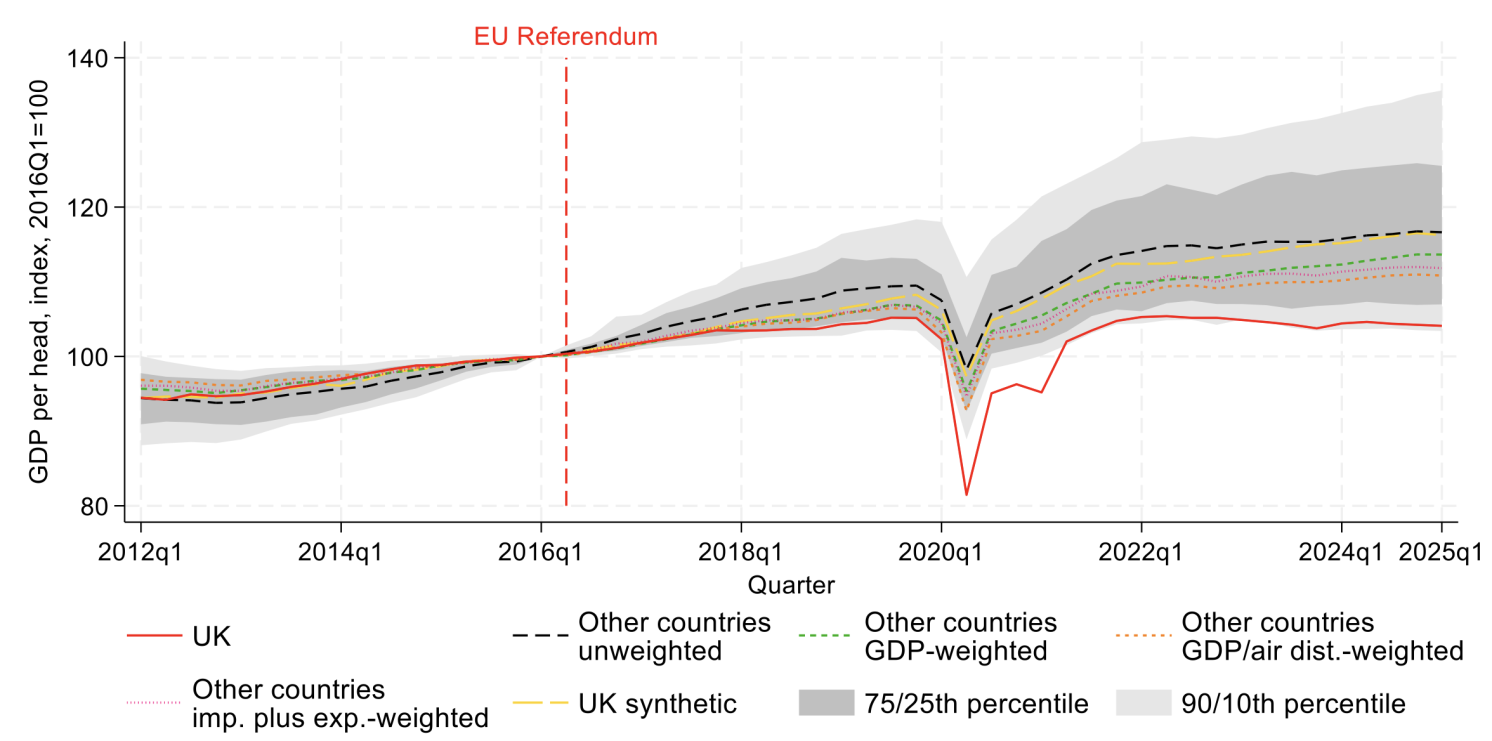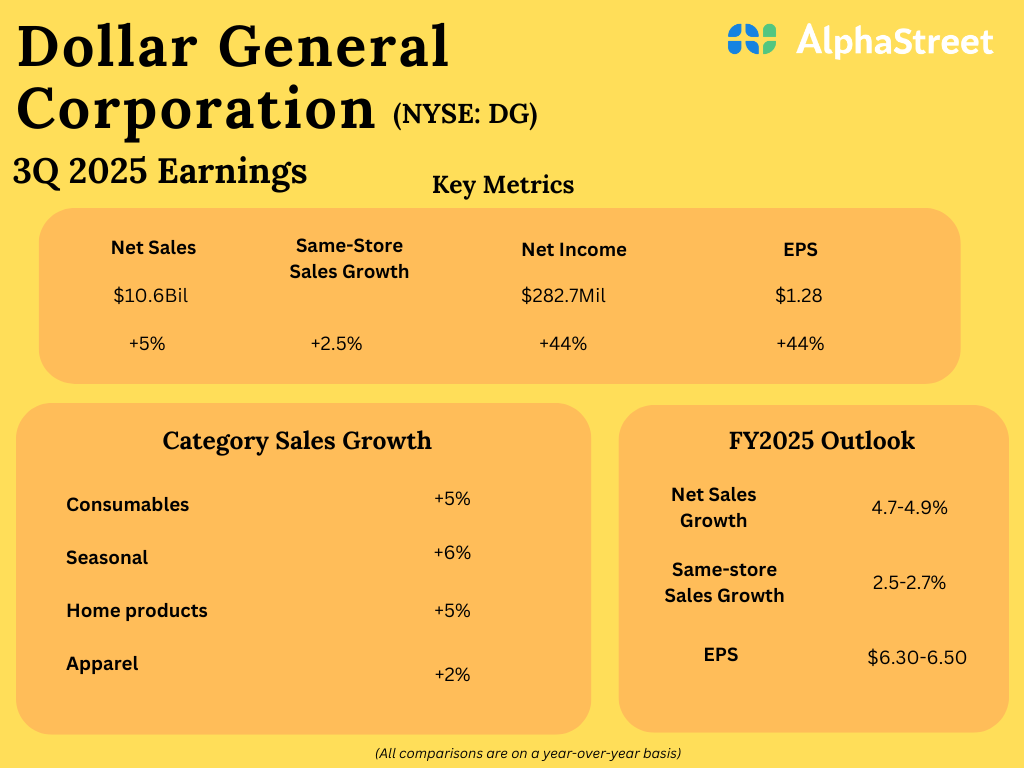Imagine your client losing 20% of the value of their investment, yet receiving a capital gain distribution that’s also a double-digit percentage. Impossible you say? Well, for some mutual fund investors that is exactly the scenario they face as we approach the U.S. tax filing deadline.
What lessons can we glean from 2022 and the sticker shock many investors are undoubtedly facing? First, allow me to explain the scenario I just referenced.
As you know, tax law requires a mutual fund to distribute its realized capital gains to investors every calendar year. By early 2022, many mutual funds amassed large built-in gains. When the market started its freefall, selling was necessary to meet investor redemption requests and shift portfolios to more defensive positions. At the same time, shares were losing value in a bear market.
It was an ugly scenario and a tax double-whammy. It’s probably clearer now that our opening scenario is not made up, nor is it hyperbole. It is real life, and this article recaps some of the biggest offenders for negative returns with significant tax impact in 2022.
Lesson 1: Swiftly Cut Losses
The reality of 2022 highlights why your clients may benefit from a disciplined approach to tax-loss harvesting.
Unless you’ve found a unicorn asset manager, the strategies you select for client portfolios will eventually generate some losing positions. In that way, all asset managers are the same; in how they treat those losses, there are dramatic divergences.
In our experience, it is possible to formulate approaches that realize losses without compromising the chief objective of an investment strategy.
For example, systematic investment managers like Blueprint Investment Partners usually use a systematic investing process with a strict sell discipline. In our case, we evaluate each holding monthly, and our rules are responsive enough that they can cut losses short.
Simply put: ongoing tax-loss harvesting can be automatically baked into the process.
Lesson 2: Consider Taxes Even During Up Markets
I think it’s important to note that the roots of the current tax fiasco stretch well before 2022.
I’m thinking of the 2010s and early 2020s, when a series of profitable years made some investors think the ride would never end. When the music stops, advisors seeking to manage or reduce clients’ risk level can be held hostage to gains that have built up in taxable accounts.
The investing process used by Blueprint Investment Partners seeks to prevent capital gains from paralyzing financial advisors. Our systematic investing rules aim to realize gains periodically, mostly after 12 months to ensure they meet the IRS standard for long-term treatment.
While tax-awareness is an ongoing consideration for us, this doesn’t seem to be the norm among asset managers. When volatility is low, after a while it’s as if asset managers are allowed to act as though risk has simply disappeared. We think risk management should be “baked in the cake.” In other words, we think an emphasis on risk and return should never change; it should be ever-present.
To provide an example of how risk management and tax management can work together, we even used data to test the long-term impact of systematic investing on taxes. Financial advisors can download and review this research.
A Balancing Act: Risk, Return & Taxes
In volatile times like 2022, the focus of Blueprint Investment Partners is on controlling what we can and removing the rest. We can’t control the markets, but we can control how we react to them. We have stayed disciplined about applying our systematic investing rules, which provided a measure of downside protection and tax efficiency last year.
Our strategies may not be best for risk, return, or taxes individually – but they are an optimal combination of all three, in our opinion. Our goal is not to have a great strategy for specific moments in time, but for all times.
Blueprint Investment Partners is an investment adviser registered under the Investment Advisers Act of 1940. Registration as an investment adviser does not imply any level of skill or training. The oral and written communications of an adviser provide you with information about which you determine to hire or retain an adviser. For more information please visit adviserinfo.sec.gov and search for our firm name.
Past performance is not indicative of future results. The material above has been provided for informational purposes only and is not intended as legal or investment advice or a recommendation of any particular security or strategy. The investment strategy and themes discussed herein may be unsuitable for investors depending on their specific investment objectives and financial situation.
Information obtained from third-party sources is believed to be reliable though its accuracy is not guaranteed.
Information contained on third party websites that Blueprint may link to are not reviewed in their entirety for accuracy and Blueprint assumes no liability for the information contained on these websites.
Opinions expressed in this commentary reflect subjective judgments of the author based on conditions at the time of writing and are subject to change without notice.
No part of this material may be reproduced in any form, or referred to in any other publication, without express written permission from Blueprint.
The views and opinions expressed herein are the views and opinions of the author and do not necessarily reflect those of Nasdaq, Inc.





































